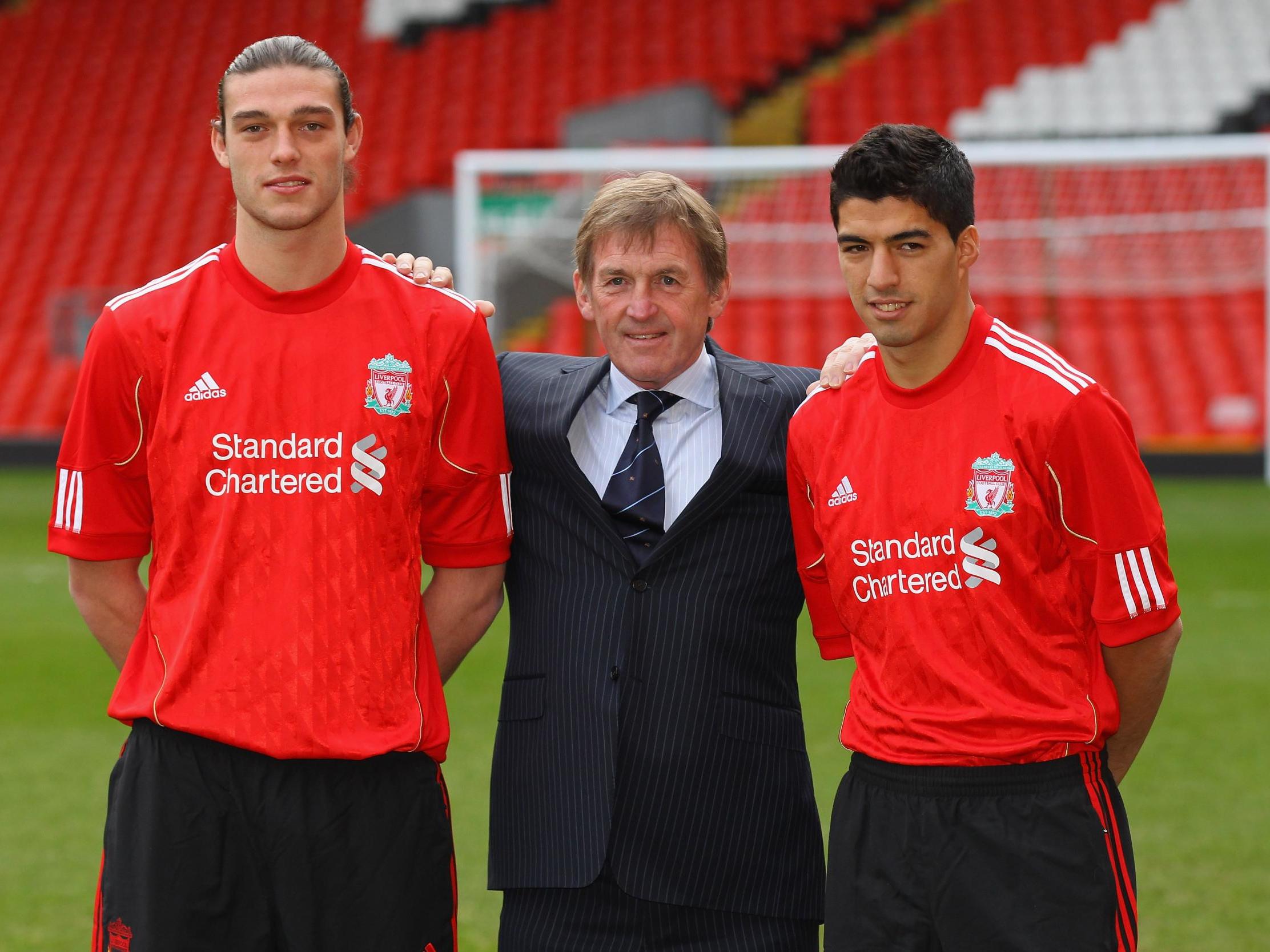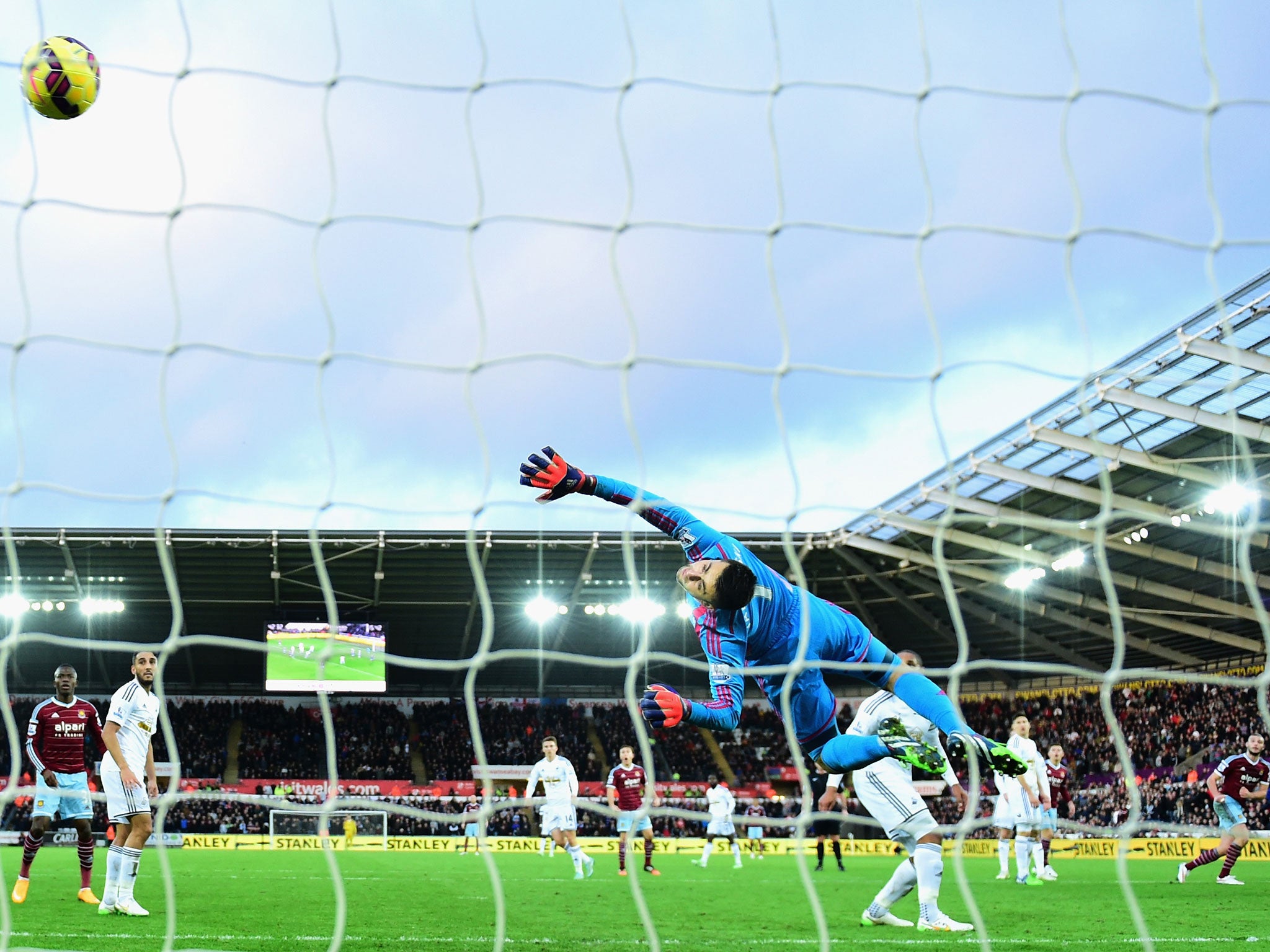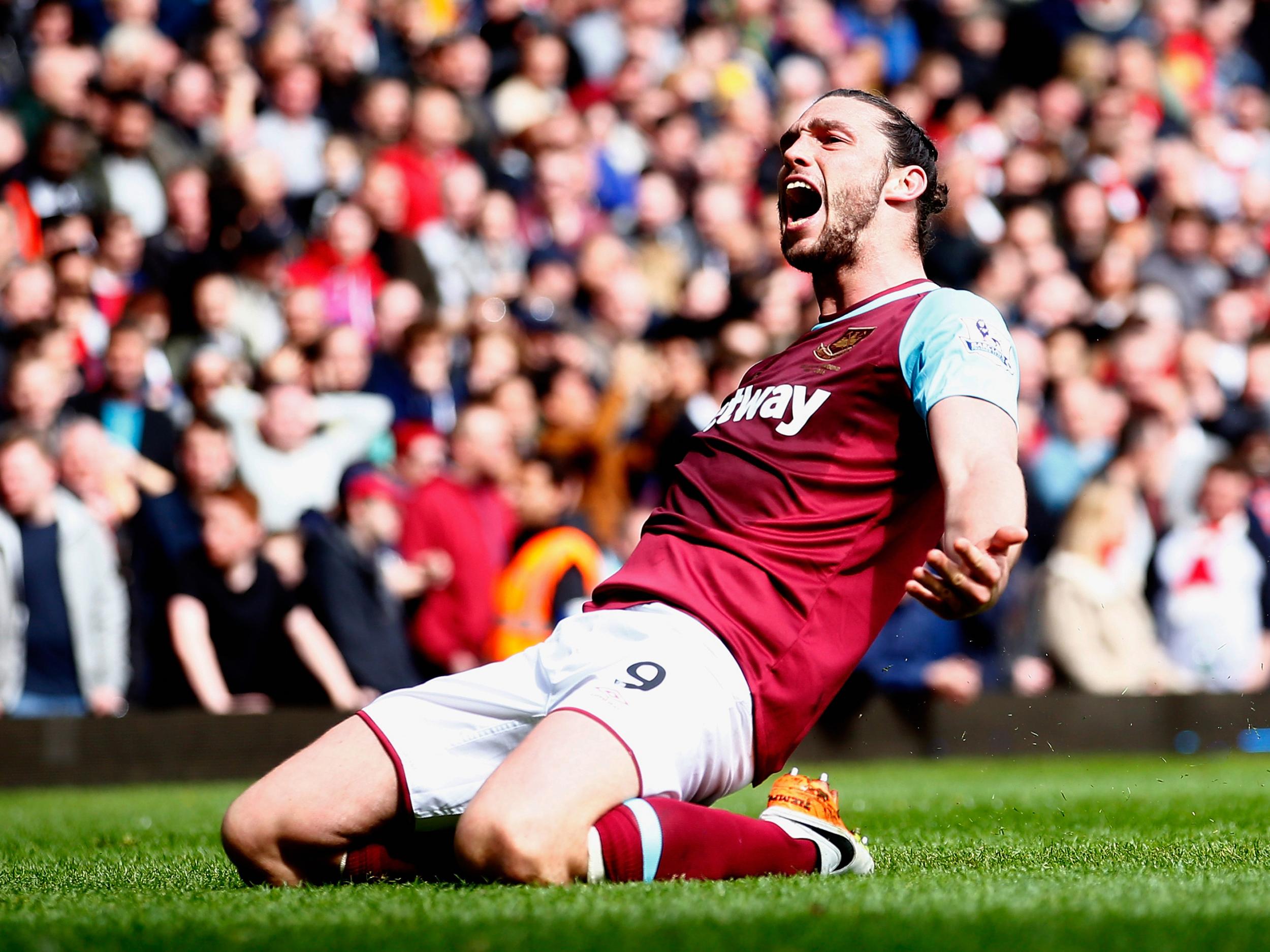The decline of Andy Carroll and the existential threat to the concept of a one-man wrecking ball
He was a genuinely thrilling player, but by the end he was regarded as a sort of useful idiot: the sort of striker who you expected to find one day living on his own farm, petting soft things, feeding alfalfa to the rabbits

Maybe it was pure coincidence that mere hours after West Ham announced that Andy Carroll was being released at the end of the season, Eden Hazard admitted he was leaving Chelsea. Hazard is a fine player, and would sashay into most teams in world football, but he’s not stupid. Even he knows that once Carroll’s menacing shadow appeared in the doorway at Cobham, a year of bench-warming and the occasional Carabao Cup appearance would be the limit of his ambitions for the 2019-20 season. Best to retreat to the relative safety of La Liga and wait for things to blow over.
Then again, perhaps it was just coincidence. Actually, on reflection, it almost certainly was. The news of Carroll’s departure from West Ham didn’t so much break as waft into the ether, a wisp of white noise in the infra-red torrent accompanying English football’s biggest fortnight. Carroll is 30, hasn’t played since February, and it would be the height of understatement to observe that his former teams seem to be doing perfectly fine without him.
Liverpool, the club that made him the most expensive British player in history, are in a second consecutive Champions League final under Jurgen Klopp. Next week England, having reinvented themselves along similar lines under Gareth Southgate, will go for Nations League glory in Portugal. Neither, in fairness, looks desperately in need of a striker whose Argos-sized catalogue of injuries has seen him miss 152 games in seven years at West Ham, and who even at his theoretical peak feels like a lost artefact, an anachronistic tribute act to a style of play – and a style of player – that elite football forsook some time ago.
It’s not just that Carroll himself is moving on. The idea of Carroll – the concept of the thundering No9, the striking gargoyle, the one-man wrecking ball – seems also to have had its time. Nowadays if Carroll is evoked at all, it is as the sort of striker who offers you “something different”, which isn’t the most glowing tribute. Stacey Dooley would offer something different. A pile of Werner Herzog DVDs arranged in the shape of a human phallus would offer something different. A rotisserie chicken heated solely by the power of dreams would offer something different. When your only point of distinction is distinction itself, you’ve got problems.
And on a wider level, English football is beginning to shed its Carrolls like dead skin. Look at this season’s top scorers in the Premier League and what is most conspicuous of all is the almost total absence of pure target men. Mo Salah, Sadio Mane, Raheem Sterling and Hazard are essentially wide forwards. Pierre-Emerick Aubameyang and Sergio Aguero fit more in the ‘poacher’ category. Even Harry Kane sees himself more as a caring, sharing No10 these days: the sort of flatmate who will still glug all four of the Red Stripes you left in the fridge, but at least does you the courtesy of replacing them the following day.

In fact, you probably have to go down to 10th on the list – Raul Jimenez at Wolves – before you find anything remotely resembling a traditional “big man”. Carroll himself didn’t score a league goal all season. His playing time stretched to just 455 minutes, his only goal a valedictory header at the end of largely frustrating FA Cup tie against Birmingham, best encapsulated by the time he got the ball eight yards from goal and dribbled it straight out of play for a goal-kick. Mutterings about his commitment and work ethic continue to beset him.
But then, perhaps there’s nothing radically new in any of this. Even in his pomp, Carroll felt like something of a throwback: a spikily illicit pleasure in a largely bevelled-off game, the footballing equivalent of using your fingers to cover up the letters in ‘Scunthorpe’ to spell a rude word. It’s easy to forget that he signed for Liverpool in the same week as Luis Suarez: less elite forward pairing, more Hollywood buddy movie. Perhaps the real Andy Carroll was the memes we made along the way.
And as his West Ham career crunched to an abortive halt, the popular conception of Carroll contracted along similar lines. By the end, he was regarded as a sort of useful idiot: the sort of striker who you expected to find one day living on his own farm, petting soft things, feeding alfalfa to the rabbits, living off the fatta the lan’. “He doesn’t really like watching football and isn’t interested in the history of the game,” his former manager Sam Allardyce said of him, which curiously was exactly the same sensation you used to get while watching an Allardyce team.
Was Carroll really such a blunt instrument? Maybe these days, now injuries have stiffened him to the point of immobility. But when he was on it, he was a genuinely, thrillingly gifted player: possessed of sharp, intelligent movement, a surprising turn of pace, a death ray of a left-footed shot, an impressive agility honed over hours and hours of bikram yoga with his wife. And then of course, there were the headers: glanced headers, flicked headers, nodded headers, clearing headers, soaring headers, thumping headers, for-heaven’s-sake-get-the-women-and-children-below-deck headers. Carroll headers were like snowflakes: superficially all alike, but under the bonnet no two were ever the same.

Perhaps his greatest gift, though, was his ability to sear himself into the memory. Louis Saha scored 163 senior goals, but under police interrogation I wouldn’t be able to describe a single one of them. Carroll may have scored far less frequently, but when he did, you remembered it. That scissor kick against Crystal Palace. That hat-trick against Arsenal. That soaring header against Sweden in Euro 2012, a moment that at the time felt genuinely transformative: English football symbolically casting off its scrupulous continental pretensions and embracing its inner yeoman, and thus a goal that neatly presaged the Brexit vote by four years.
The temptation now is to write Carroll off as so much damaged goods. And perhaps his body and his reputation have taken too much of a hit. Perhaps those seven years at West Ham – a club that buys strikers for the sole purpose of ruining them for life – have taken too arduous a toll. But even now, as Carroll hobbles into an uncertain summer, you can still detect the faint twinges of longing. “Come back home, Andy,” one Newcastle fan urged on Twitter. “Could do a job for us,” mused a Rangers fan. “I’d take Carroll at Leeds,” another fan tweeted, “could do the job Llorente used to do for Bielsa at Bilbao.”
Perhaps, ultimately, there’s something about Carroll that appeals to the little kernel of yearning that resides deep within every football fan: the ‘what if’. What if he could get himself fit? What if he could be nurtured back to his peak? What if you could sign Stewart Downing to ping him crosses all day long? What if you’re 1-0 down after 75 minutes and just need… something different? Perhaps that’s why, in a hostile landscape of relentless running, of strikers as defenders and wingers as strikers, the Carroll retains a simple, earthen allure: the last hope, in a world beyond hope.
Join our commenting forum
Join thought-provoking conversations, follow other Independent readers and see their replies
Comments
Bookmark popover
Removed from bookmarks